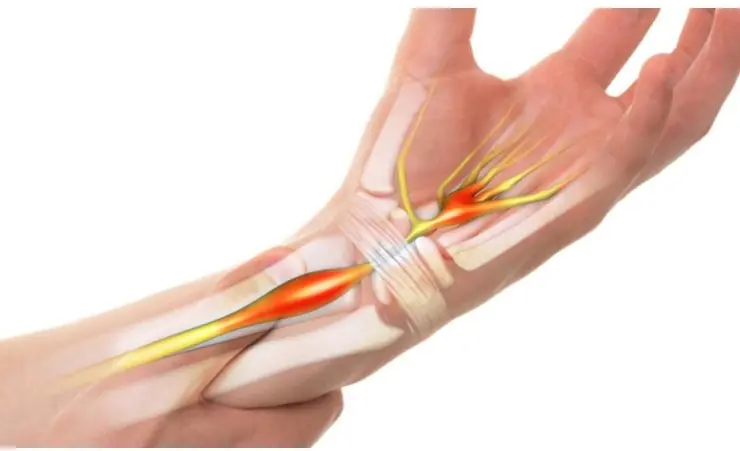In recent years, the trend of cosmetic fillers has exploded in popularity. From lip augmentation to wrinkle reduction, people are opting for quick and relatively non-invasive procedures to enhance their appearance. But with the growing number of people turning to these treatments, questions have arisen about their long-term effects and how fillers interact with the body. A recent study involving a 33-year-old woman’s MRI scan has provided an intriguing glimpse into the mystery of what happens to fillers after they are injected into the skin.
The MRI scan, which was performed as part of a routine medical examination, revealed fascinating details about where the filler ended up in the woman’s face. The woman, who had undergone multiple sessions of dermal filler treatments over the years, initially had no significant concerns about the fillers migrating or changing their appearance. However, the MRI scan showed something that both surprised and alarmed the medical community: the filler had dispersed throughout her face, settling in areas where it was never intended to go.
The woman had received fillers primarily in her cheeks, lips, and jawline, targeting the common signs of aging like volume loss and fine lines. However, the MRI scan demonstrated that the filler had migrated into areas where it could cause unwanted effects. The fillers, which were supposed to enhance the facial contours, had spread under the skin, making certain areas appear unnatural or lumpy. For example, some filler material was found to have gathered around the temples and under the eyes, areas where it had never been injected. This unexpected result raised questions about how well the body absorbs and distributes fillers once they are introduced into the skin.
Doctors involved in the study explained that the body’s natural processes can sometimes cause fillers to migrate. This is especially true when the fillers used are made of materials that are more likely to shift or settle over time. For instance, hyaluronic acid-based fillers, one of the most common types, are known to be absorbed by the body gradually. While these fillers typically do not cause significant long-term harm, the way they move and change over time is still not fully understood. The MRI scan provided a rare opportunity to see this process in action.
While the results of the MRI scan were intriguing, they were also a reminder of the potential risks and complications associated with dermal fillers. As cosmetic procedures continue to grow in popularity, it is important for individuals to be aware of both the immediate and long-term effects of these treatments. Doctors and specialists who perform filler injections need to thoroughly assess each patient’s skin and anatomy to determine the best approach for enhancing their features while minimizing the risk of complications. Additionally, patients should be prepared for the possibility that the fillers may not remain in the desired locations over time.
The 33-year-old woman in the study was not severely affected by the filler migration, but the MRI scan served as a cautionary tale for anyone considering cosmetic procedures. While fillers can offer quick and dramatic results, the potential for changes in their placement over time should not be underestimated. For those who choose to undergo such procedures, it is crucial to work with experienced professionals who can provide realistic expectations and ensure the safest possible outcomes.
In conclusion, the MRI scan of a 33-year-old woman’s face revealed an unexpected journey for her dermal fillers. While the migration of fillers was not entirely alarming in her case, it highlighted the need for further research into the long-term effects of cosmetic treatments. As more people turn to non-surgical procedures to improve their appearance, it is essential for both patients and practitioners to understand the risks, manage expectations, and make informed decisions. The face, after all, is one of the most prominent features of our body, and ensuring that any changes made to it are carefully considered can help maintain both aesthetics and health.































